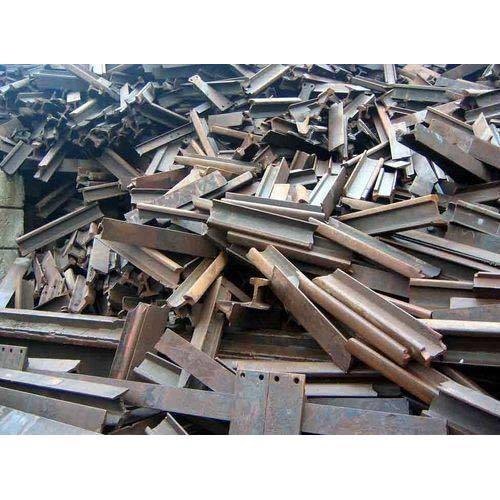
Why Scrap Metal Recyclers Need to Know Their Steels
Steel scrap is an essential raw material in making new steel. In fact, according to SRI, in each of the past 50 years, more than 50 percent of the steel produced in this country has been recycled through the steelmaking process. A well-established network of more than 2,000 ferrous scrap processors and more than 70 end markets help meet the steel industry’s demand for steel scrap.
Many steels have coatings applied to them. A zinc coating is applied by hot dip galvanizing (HDG), a process by which the steel is passed through a bath of molten liquid zinc or zinc alloy resulting in a protective layer. Other coating materials include cadmium, aluminum, chrome, nickel, nickel-chromium, iron oxide, and silver. Coating choice depends on the type of steel, and the type of corrosion you’re trying to prevent.
Ease of recycling steels
Steel mills melt both steel and stainless steel scrap, once cleaned, directly in an apparatus such as an electric arc furnace. After that, the melt passes to a steel converter to remove excess carbon and nitrogen. Once carried out, at a ladle station a final analysis process allows metallurgical adjustments to the materials chemistry.
Once formed into ingots the material is stored for later ongoing production process. Generally a hot rolling process transforms the slabs into plates or profiles and sections. So they are sent out as new products. This ease of recycling helps encourage industry to embrace the practice. It is also leading to less landfill while reducing the worlds need for raw materials. This last factor has a large impact, as the extraction of ores is both energy-intensive and destructive.
Recycling criteria
Theoretically, all scrap steel and stainless steel is recyclable. However, in reality, there are restrictions to the total amount of economically recoverage. One can algamate steel products with other materials. For example, in combination with concrete. This cannot be easily – and, crucially, economically – separated and effectively render the raw material only fit for disposal. The driving factor are the relative expenses of new steel production from ore and the commodity market values of steel per tonne. If the overall price for steel rises on the markets, it becomes more economic to recycle.


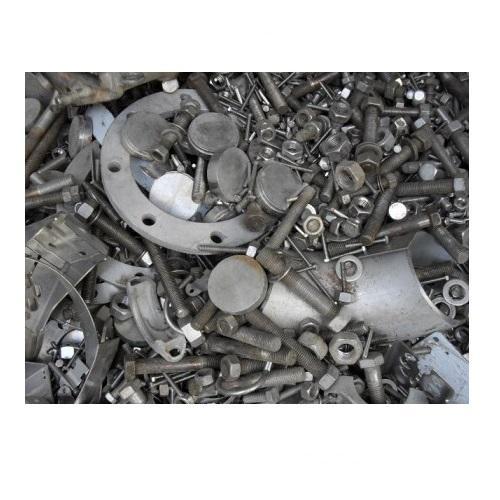
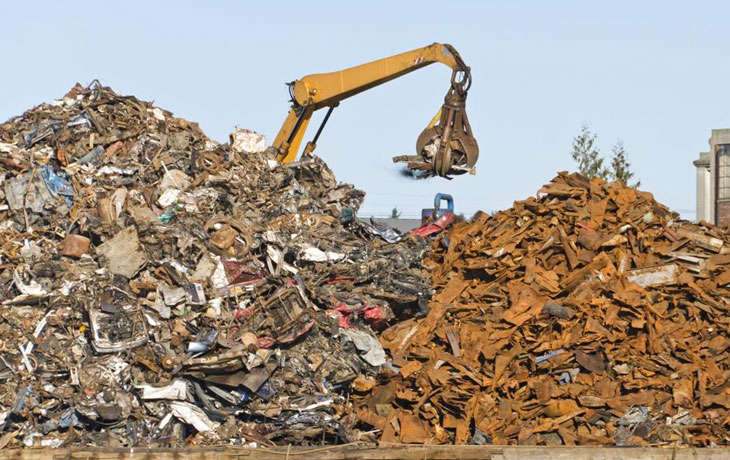
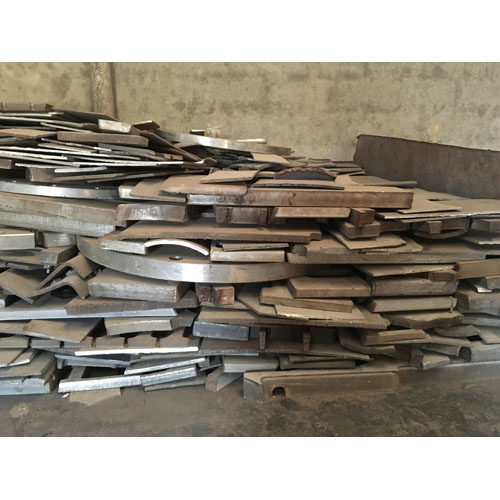
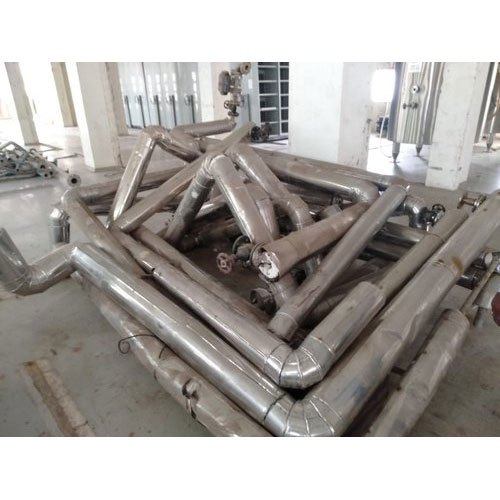

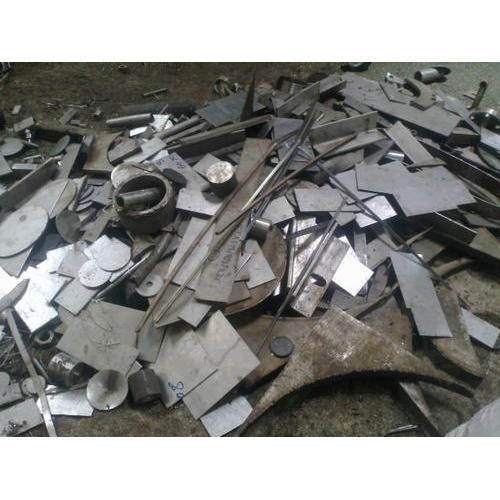
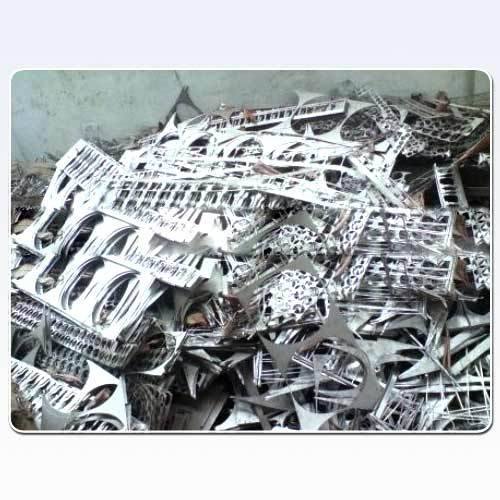
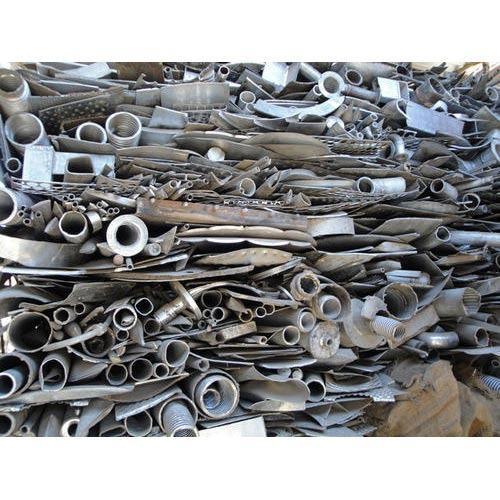
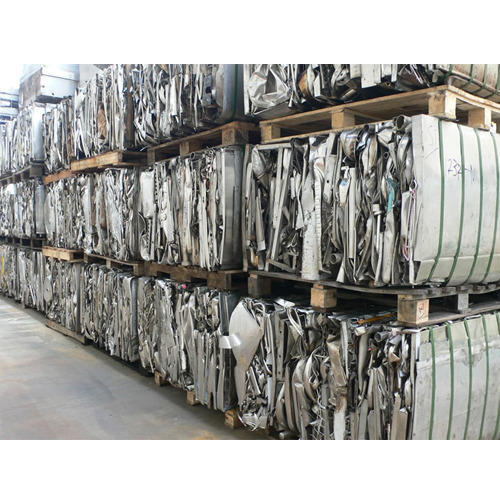
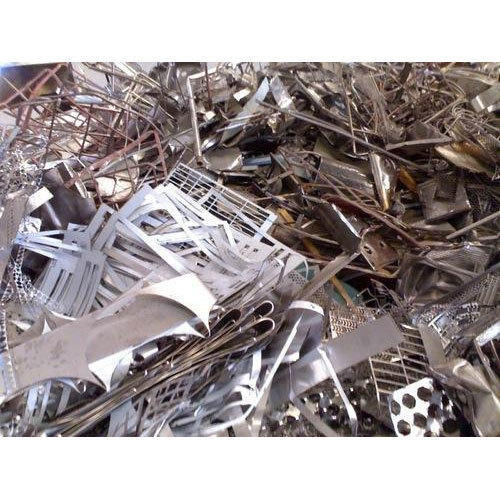
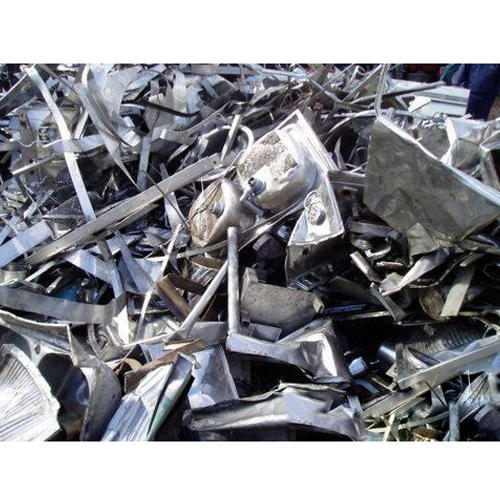
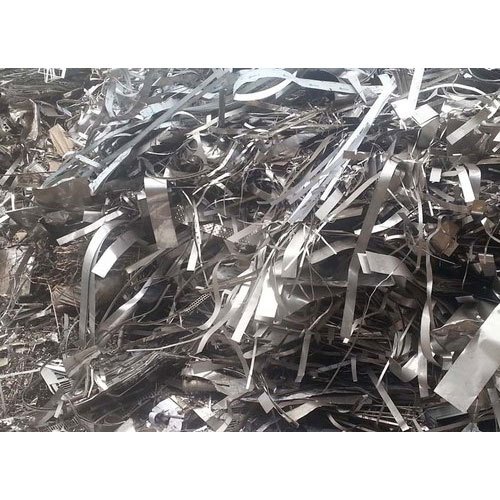
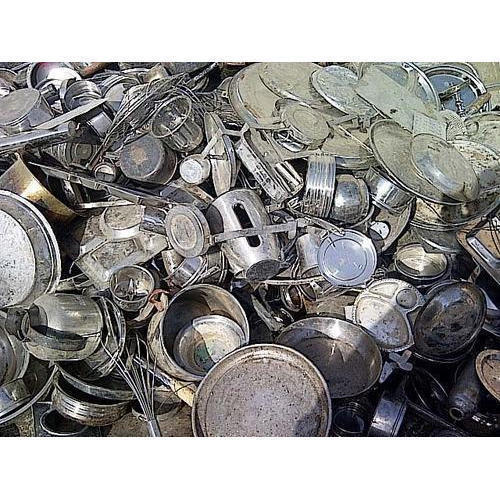
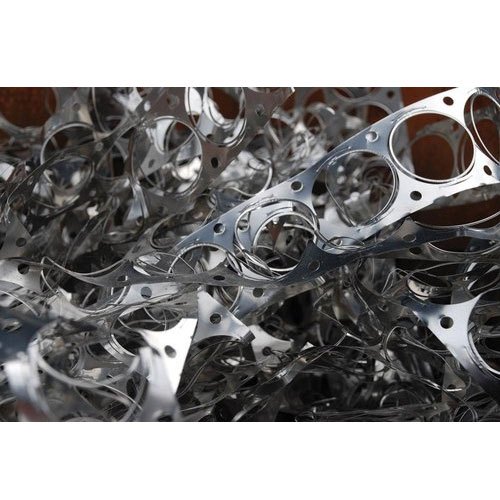
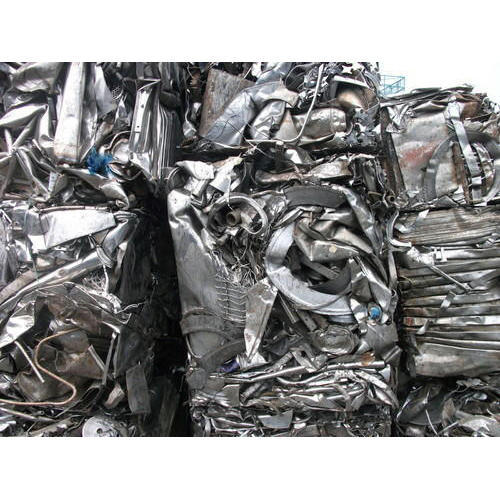

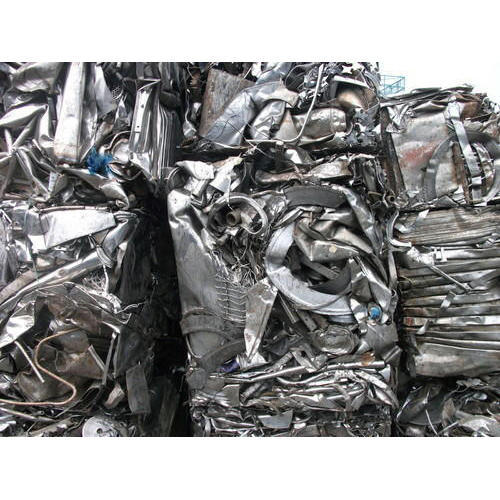
Sitharam Patel
02 Dec 2019 at 10:30amA big deal received from you.
ReplyGenuine and reasonable prices offered. Thank you...!!!
Asif Nowshad
04 Feb 2021 at 05:00pm
Best dealers in export of scraps and raw materials.
ReplyA place which is more trustable.
UdhayaKumar
04 Feb 2021 at 06:14pm
Thanks for your feedback..!!!
Reply